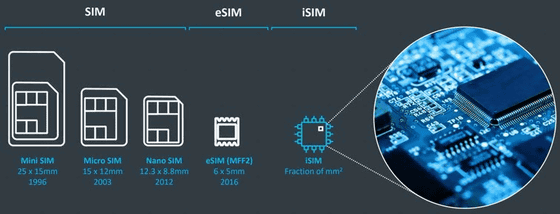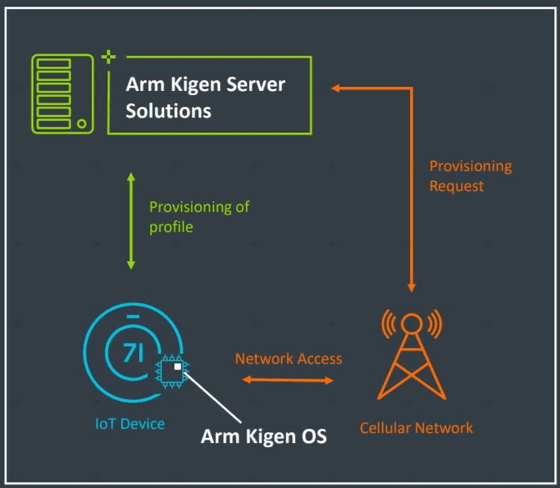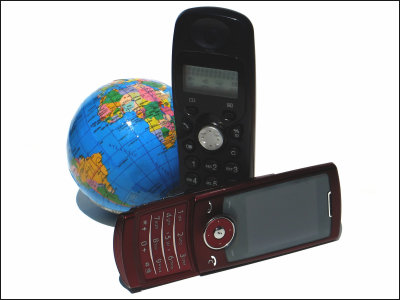ARM announces "iSIM" to integrate SIM card into SoC, Accelerate space saving of smart device

To make the size of complex electronic devices smaller, the space inside the terminal becomes important in units of 1 mm. However, SIM cards and slots that are indispensable for terminals that conduct Internet communications, such as smartphones, have long been a major impediment to space saving for hardware manufacturers. Meanwhile, British semiconductor design "ARM"But,SoCIncorporating the SIM card on top "iSIM"We are announcing that we are developing components called"
Arm Introduces 'iSim' And 'Kigen' Solutions For Cellular IoT Connectivity
http://www.tomshardware.com/news/arm-isim-kigen-cellular-iot-connectivity,36557.html
SIM cards could soon be built into processors to save even more space - The Verge
https://www.theverge.com/circuitbreaker/2018/2/21/17030040/isim-arm-iot-sim-card-cellular-mwc-2018
Currently widely used SIM standards are 25 x 15 mm for standard SIM, 15 x 12 mm for micro SIM and 12.3 x 8.8 mm for nano SIM. To the contrary, ARM explains that "iSIM will be less than 1 mm 2". Also, since iSIM is integrated with SoC, there is no need to prepare dedicated slots. ARM asserts that if the terminal adopts iSIM, it not only can save a lot of space, but also saves cost. What this means is that you do not have to pay tens of dollars for each SIM card, and manufacturers will only pay a few yen for each iSIM.

iSIM employs its own Kigen OS, which is a low footprint operating system running on "CryptoIsland" which executes secure processing in a state isolated from existing areas. With this OS, SIM · microcontroller · wireless modem will be able to be embedded in SoC, that means that the three components can be integrated into SoC and integrated.

iSIM is expected to be installed for compact IoT like wireless sensor that requires mobile communication service and it is not thought that all SIM cards will be replaced by iSIM. The goal of ARM is to lower the cost of products that require SIM cards, such as IoT, as much as possible, a goal is to make smarter and more IoT devices increasing in the future.
By using Kigen OS's remote provisioning server solution installed in iSIM, device makers will be able to manage up to 1 billion iSIM-equipped terminals at a time. Kigen servers can be integrated with mobile network operators, IoT service providers, module manufacturers and other enterprise services, so enterprises can use Kigen server to manage all IoT devicesOTAYou can also distribute updates.

As to whether or not smartphone makers will introduce iSIM, there is an unclear part at the time of article creation. For smartphones it is already a compact, alternative technology for nano SIMeSIM(6 × 5 mm) has been introduced, but not all terminals support the industry as a whole, spreading is delayed. Still many smartphones and tablets adopt eSIM and Google's latest smartphone "Pixel 2"Also corresponds to eSIM.
Although ARM does not seem to think that iSIM is a welcome technology for telecommunications carriers, this technology meets the necessary and sufficient technical requirements. The iSIM chip is scheduled to be released at the end of 2018, and will also talk about iSIM's technical details at the Mobile World Congress scheduled for February 26, 2018.
Related Posts:







